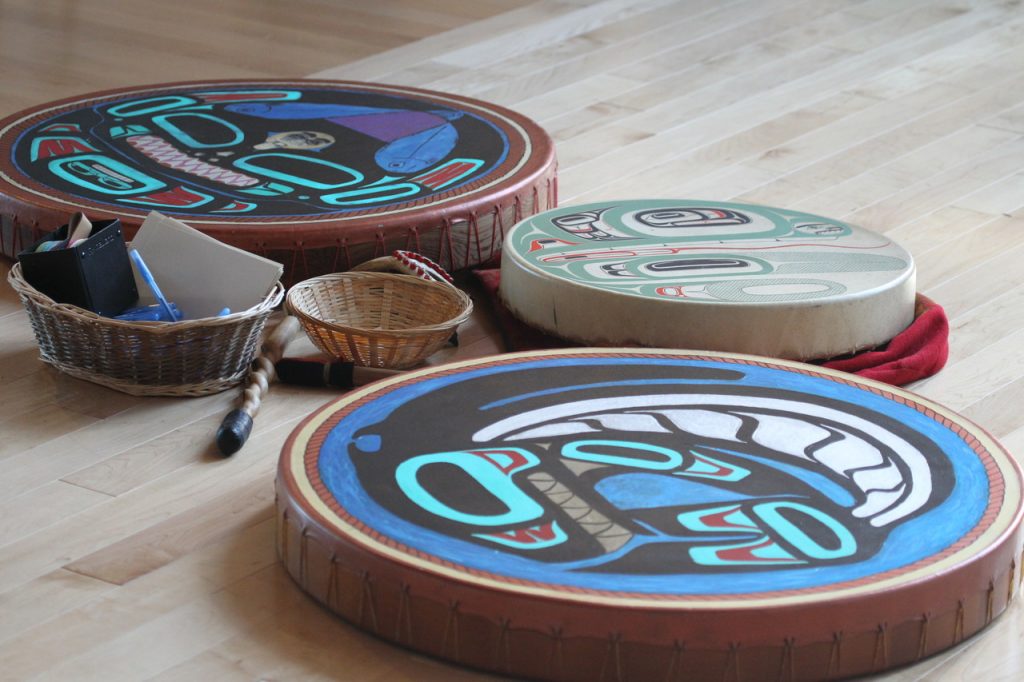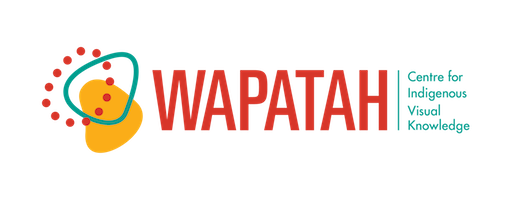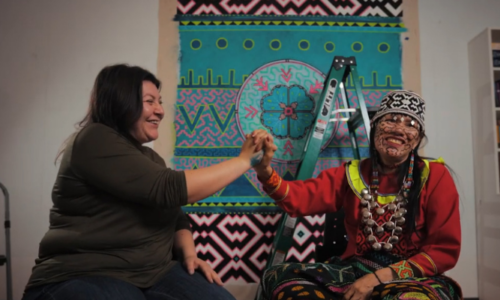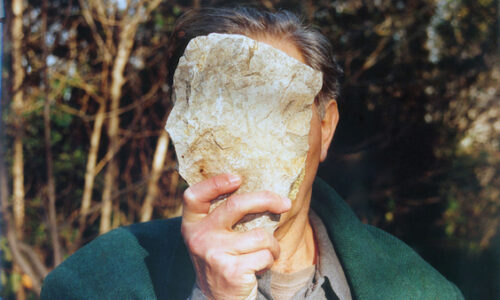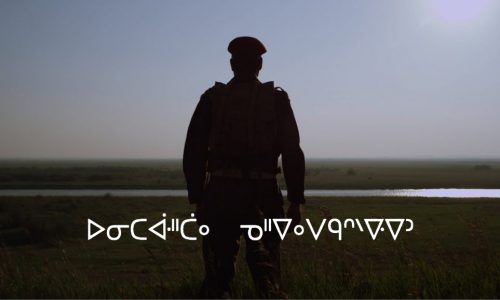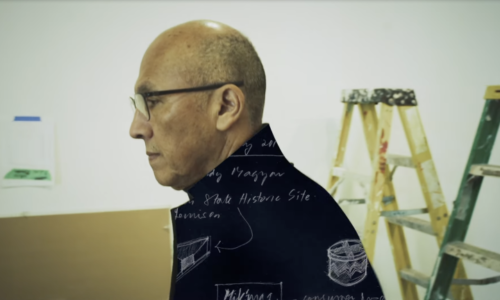HotDocs Six-Part Lecture Series on Beauty and Resilience: Indigenous Art in Canada.
Beauty and Resilience: Indigenous Art in Canada is a six-part lecture series developed by Dr. Gerald McMaster and the Wapatah: Centre for Indigeous Visual Knowledge for the Curious Minds Speaker Series at HotDocs.
Available to stream, as part of the Curious Minds Speakers series on Hot Docs.
The art and culture of Turtle Island is immense and rich in its diversity. Focusing on First Nations, Inuit, and Métis artists, this thought-provoking series explores the many ways that Indigenous artists have contributed to the vibrancy of Canada’s visual art tradition. Examining the thriving community of contemporary creators, such as Kent Monkman and Christi Belcourt, and the rich historical legacy of artists like Norval Morrisseau and Bill Reid—and the regional cultures and landscapes that have inspired their work—the series offers a unique and visually stunning perspective on the complexity and ingenuity of the great artistic traditions that form our cultural bedrock.
Curious Minds Speaker Series has been developed as an opportunity for a deeper viewer engagement with an array of fascinating subjects as they are explored by acclaimed lecturers and cultural leaders, their themes ranging from the enlightenment, to city design, to the effects of climate change on global geographies.
SERIES AT A GLANCE
Lecture 1: Traditional Knowledge: Art is Spirit, Spirit is Art
The passing down and embodiment of traditional knowledge and Indigenous visual knowledge forms the basis of life among Indigenous communities. In this lecture, we bring to the forefront how contemporary Indigenous artists are flipping the script by embracing and drawing upon traditional knowledge as a way of seeing, living, and creating outside the Western perspective.
Lecture 2: Inuit Art: Resourcefulness and Innovation
For thousands of years Inuit and their ancestors have made their own clothes, built their homes, hunted, and raised families. In this lecture, we examine Inuit art through the lens of societal values and language, exploring how Inuit resourcefulness has influenced the modern world in architecture, fashion and technology, as well as the way we view the land in a rapidly changing climate.
Lecture 3: The Entangled Gaze: How Indigenous Artists Viewed Colonial Settlers
In this lecture we explore the complex history of contact in different regions of Canada and the contiguous United States through the lens of Indigenous artists who were creating at this time. By reversing the gaze of the European and Euro/American/Canadian artists, this lecture answers the question of how Indigenous artists viewed, and were able to capture, the European other.
Lecture 4: Struggle, Resilience, Beauty: The Art of Iljuwas Bill Reid (1920-1998)
Iljuwas Bill Reid (1920–1998) was a gifted artist who catalyzed the reclamation of Haida culture and went on to become one of the most significant Northwest Coast artists of the 20th Century. During his fifty-year career, he prolifically created art while also advocating for the inherent rights of the Haida people in defending their land and way of life—leaving behind a legacy of struggle, collective resilience and powerful beauty making.
Lecture 5: Reversing the Gaze: Re-enactment in Indigenous Art
In this lecture we explore the tradition of re-enactment—the interpretation, commemoration and renegotiation of moments of the past—and how Indigenous artists use it to take control of narratives and dismantle stereotypes, creating deeply empowering works of imagination.
Lecture 6: From the Arctic to the Amazon: Indigenous Art in a Global Perspective
At opposite ends of the earth, the Arctic and Amazon regions are inhabited by Indigenous peoples who have thrived in intense climates. This lecture draws a sharper focus on how much Indigenous communities from diverse geographic locations have in common when they come into contact with each other, and how through art they have created a common space of contemplation and knowledge.
WAPATAH TEAM CONTRIBUTORS
 |
Dr. Gerald McMasterDr. McMaster has over 30 years international work and expertise in contemporary art, critical theory, museology and Indigenous aesthetics. His experience as an artist and curator in art and ethnology museums researching and collecting art, as well as producing exhibitions has given him a thorough understanding of transnational Indigenous visual culture and curatorial practice. His early interests concerned the ways in which culturally sensitive objects were displayed in ethnology museums, as well as the lack of representation of Indigenous artists in art museums. As a practicing artist, he offered a way of staging hitherto decontextualized objects different from the traditional formats favoured by exhibition designers trained in Western traditions; instead, his was an approach that rested on Indigenous epistemologies. These early stages in developing an –Indigenous visuality led him to study concepts in visual, experiential and spatial composition. His exhibition Savage Graces (1992) challenged long held views, and played a major role in breaking down conventional barriers around where art should be practiced, while also demonstrating that art is not tied to ethnicity. As a curator, he focused on advancing the intellectual landscape for Indigenous curatorship through the foundational concept of voice. He curated, for example, an exhibition called Indigena (1992) that brought together unfiltered Indigenous voices for the first time. Until then, non-Indigenous scholars had dominated discussions of Indigenous art, history and culture. McMaster made the point that Indigenous artists and writers were more than capable of representing themselves in articulate, eloquent ways. Over the past 20 years, he has continued to refine the idea of voice, leading him to ask: How can Indigenous voices continue providing new perspectives on well-researched subjects such as art, history and anthropology? Throughout his career, his championing of the mainstream value of Indigenous art, among other things, has led to his being chosen to represent Canada at a number of prestigious international events. These include his serving as Canadian Commissioner for the 1995 Venice Biennale, and as artistic director of the 2012 Biennale of Sydney, and curator for the 2018 Venice Architecture Biennale. Dr. Gerald McMasterDirector, Tier 1 Canada Research ChairDr. McMaster has over 30 years international work and expertise... |
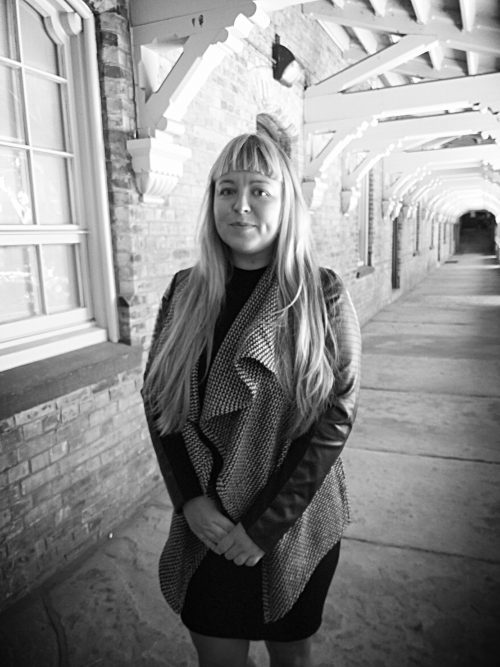 |
Natalja ChestopalovaNatalja Chestopalova is part of the Ph.D. in Communication and Culture Program at York and Ryerson Universities in Toronto. Her research is informed by the study of digital media, archival aesthetics, phenomenology, and psychoanalysis, and focuses on the transformative sensory experience and multimodality in film, graphic novel medium, and theatrical site-specific performances. With the support from the Social Science and Humanities Council of Canada (SSHRC), she has presented at multiple Canadian and International events, including roundtables & panels on new media archives, visual storytelling, and preservation of ephemeral cultural narratives. Her recent works include papers and multimodal installations on archives-of-trauma in non-fiction graphic narratives and theoretical developments in the Lacanian concept of the voice and voicelessness. Her publications appear in the White Wall Review, Canadian Journal of Communication, Dialogue, The Routledge Encyclopedia of Modernism, Sound Effects: The Object Voice in Fiction, and an essay volume on the Freudian theory of afterwardness and archives-of-feeling in comics of Alison Bechdel. Natalja ChestopalovaResearch Project ManagerNatalja Chestopalova is part of the Ph.D. in Communication and... |
 |
Brittany BerginBrittany Pitseolak Bergin is a research assistant at Wapatah Centre, OCAD University. Raised in Southern Ontario, her family is from Kinngait, Cape Dorset. Inspired by the artists in her family and community, including her great-grandmother and namesake Pitseolak Ashoona, Brittany’s focus at Wapatah is centred in community engagement as she continues to support major projects and outreach initiatives. Her work has been integral to the success of projects such as the Virtual Platform for Indigenous Art, Arctic/Amazon Symposium, Arctic/Amazon: Networks of Global Indigeneity exhibition and publication, and Indigenizing the (Art) Museum Virtual Series. Her most recent conferences include the Frontend Conference (Munich) and Inuit Studies Conference (Montreal). Brittany BerginResearch AssistantBrittany Pitseolak Bergin is a research assistant at Wapatah Centre,... |
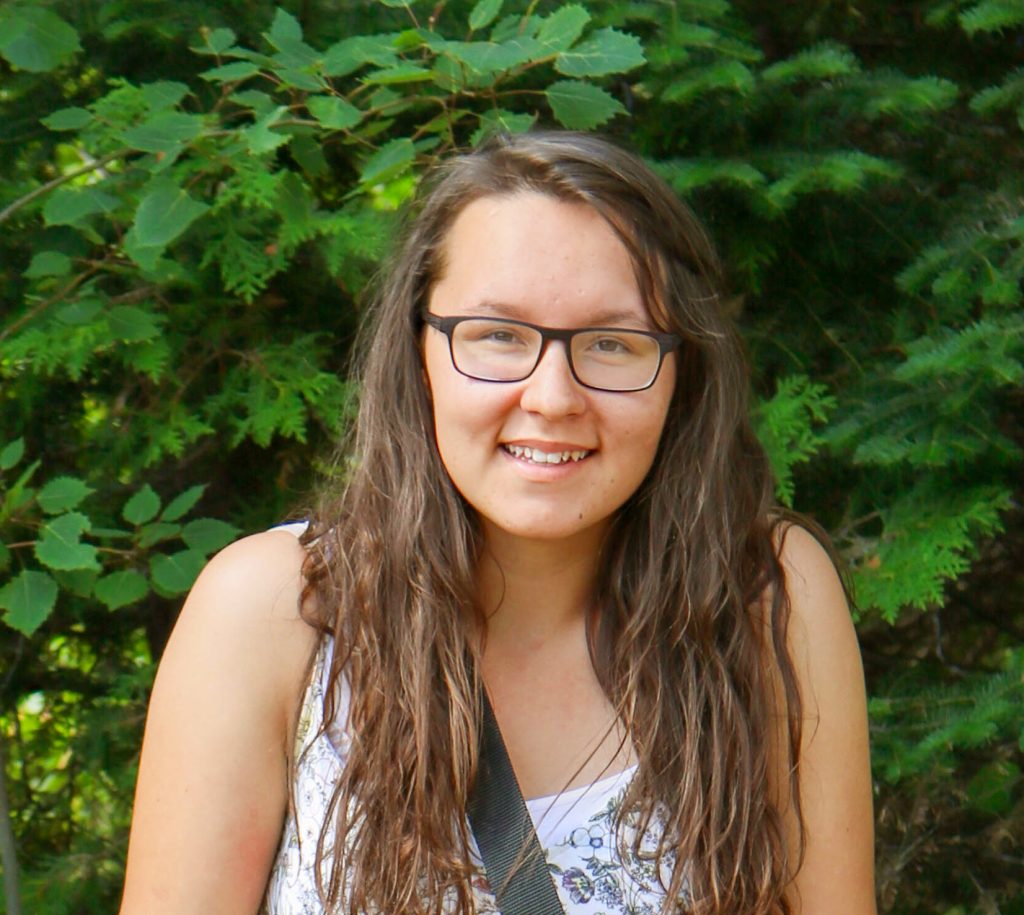 |
Mariah MeawasigeMariah (Makoose) is an Anishinaabe/settler and creative from the northern shores of Lake Huron. Her practice specializes in graphic design but questions the bounds of communication through illustration, sculpture, video, and performance. She created the logo for the Wapatah Centre for Indigenous Visual Knowledge and is currently working on the centre’s visual identity. Through her love of stories and storytelling, Mariah’s body of work aims to explore temporalities and place, map memories, and build relationships. Mariah MeawasigeResearch AssistantMariah (Makoose) is an Anishinaabe/settler and creative from the northern... |
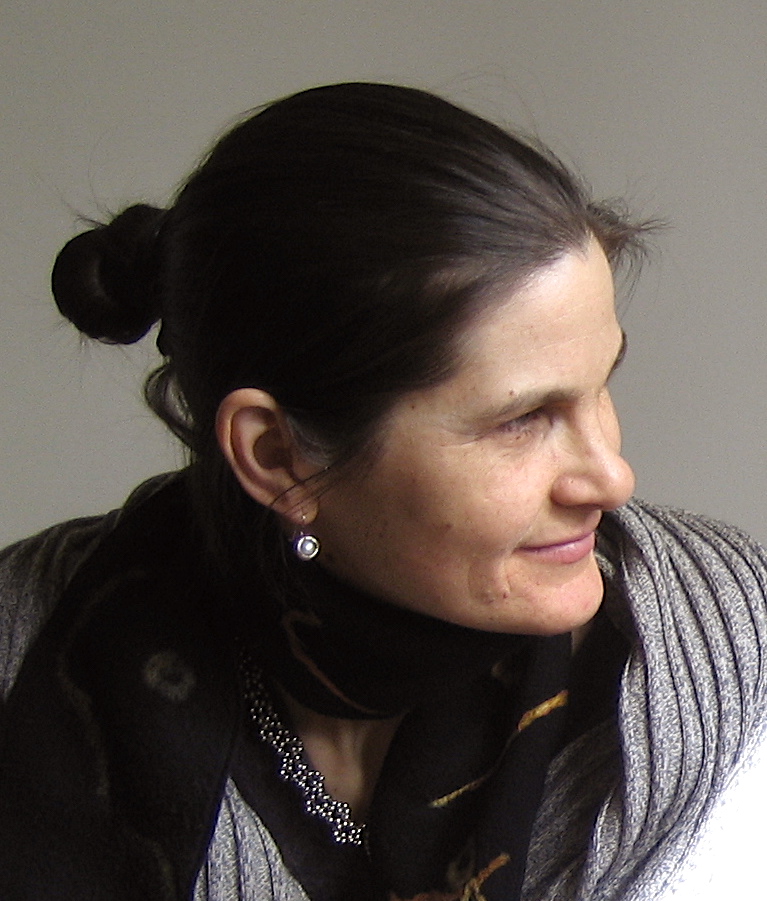 |
Panya Clark EspinalPanya, AOCA (1988), MFA (2019), is a multi-media installation artist who recently completed a Masters Degree in Criticism and Curatorial Practice (CCP) at OCADU. Her practice as an artist investigates the mechanisms of cultural representation and, through site-specific installations, exhibitions and public commissions, explores questions of perception, reproduction, collection, and display. Her CCP thesis titled Between Stories: The Agency of Story and Living Ways was developed while working alongside Elín Agla, a Vernacular Culture Farmer from Árneshreppur County, Iceland. At Wapatah, Panya has contributed to writing the Bill Reid book for the Art Canada Institute, is acting as a research assistant on The Entangled Gaze project and in involved in planning a publication for the Postcommodity Collective. Panya Clark EspinalAlumniPanya, AOCA (1988), MFA (2019), is a multi-media installation artist... |
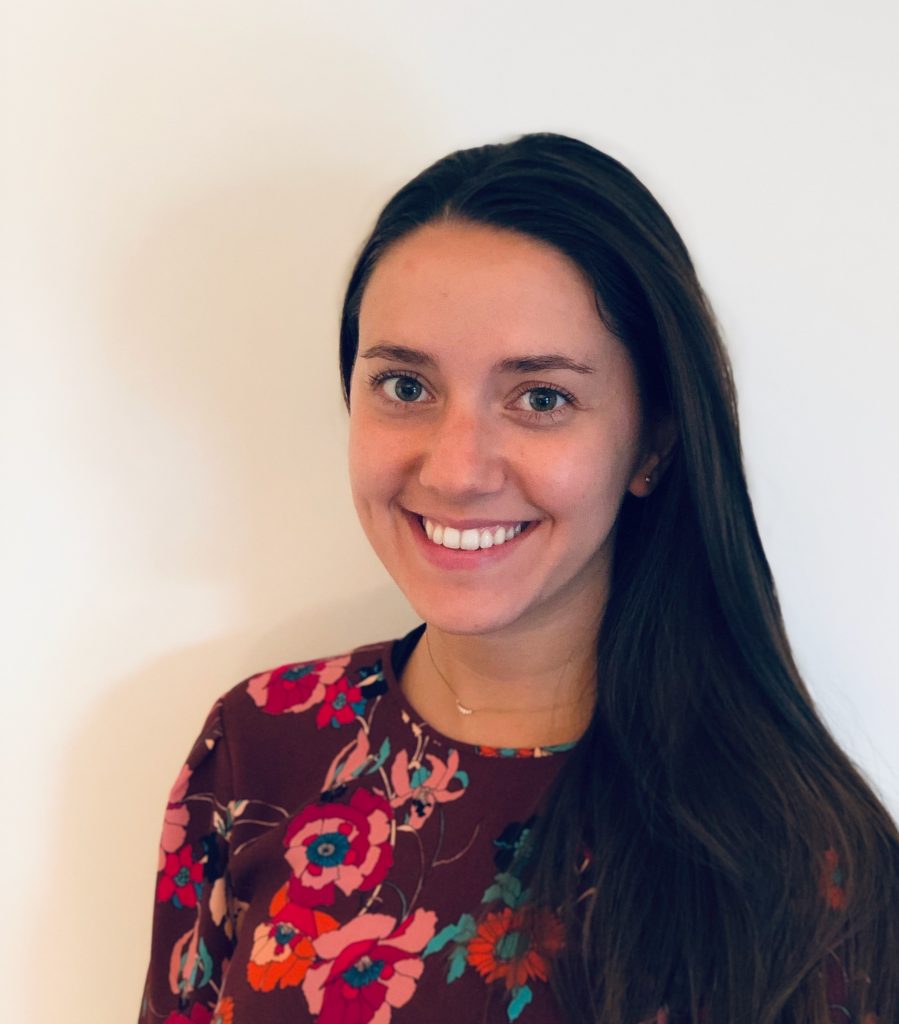 |
Alessia Rose PignottiAlessia is a conceptual, multimedia artist and graphic designer whose most recent artistic practice explores the notion of the creative instinct. She holds a Masters of Art (2019) from OCAD University in the Contemporary Art, Design and New Media Art Histories program, and received an Honours Bachelor of Arts (2017) from the University of Toronto in a joint program with Sheridan College. At Wapatah, Alessia is a Research Assistant supporting Dr. Gerald McMaster’s Bill Reid publication project for the Art Canada Institute. Alessia Rose PignottiAlumniAlessia is a conceptual, multimedia artist and graphic designer whose most... |
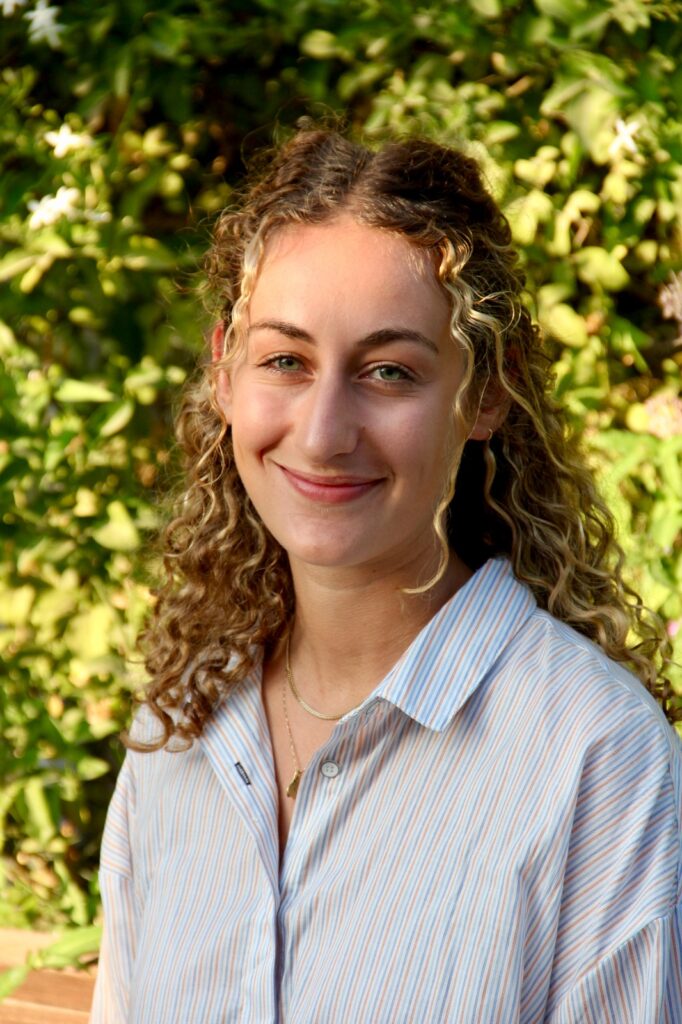 |
Na’ama FreemanNa’ama Freeman is a master’s student in the Criticism and Curatorial Practice Program at OCAD University and holds a BA in History from McGill University (2018). She is interested in the intersection of art, design, and audience agency within art institutions. At Wapatah, Na’ama is a Research Assistant supporting Dr. Gerald McMaster in the Arctic Amazon Project. Na’ama FreemanResearch AssistantNa’ama Freeman is a master’s student in the Criticism and Curatorial... |
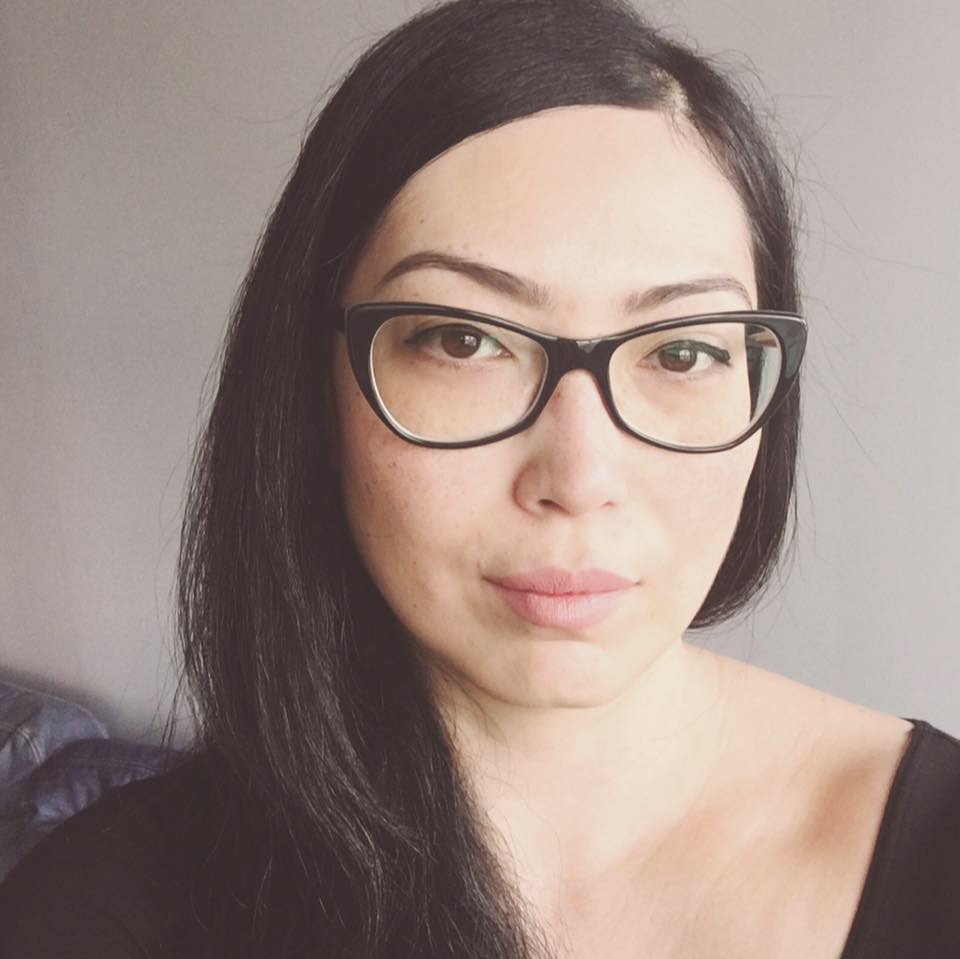 |
Jananda LimaJananda Lima has a master’s degree in Strategic Foresight and Innovation from OCAD University. Her research in social design involves fieldwork in radically marginalized territories. As a futures designer, she focuses on reclaiming design for decolonial world-making. Jananda is the co-founder of the Medio Xingu Observatory, which proposes a partnership between Indigenous and academic knowledge, using cartography to generate counter-narratives. She is also a member of E2GLATS, which aims to create exchange flows otherwise, supporting shared value resources and knowledge. Currently, Jananda is a sessional instructor at the School of Graduate Studies at OCAD University. Jananda LimaResearch AssistantJananda Lima has a master’s degree in Strategic Foresight and Innovation... |
